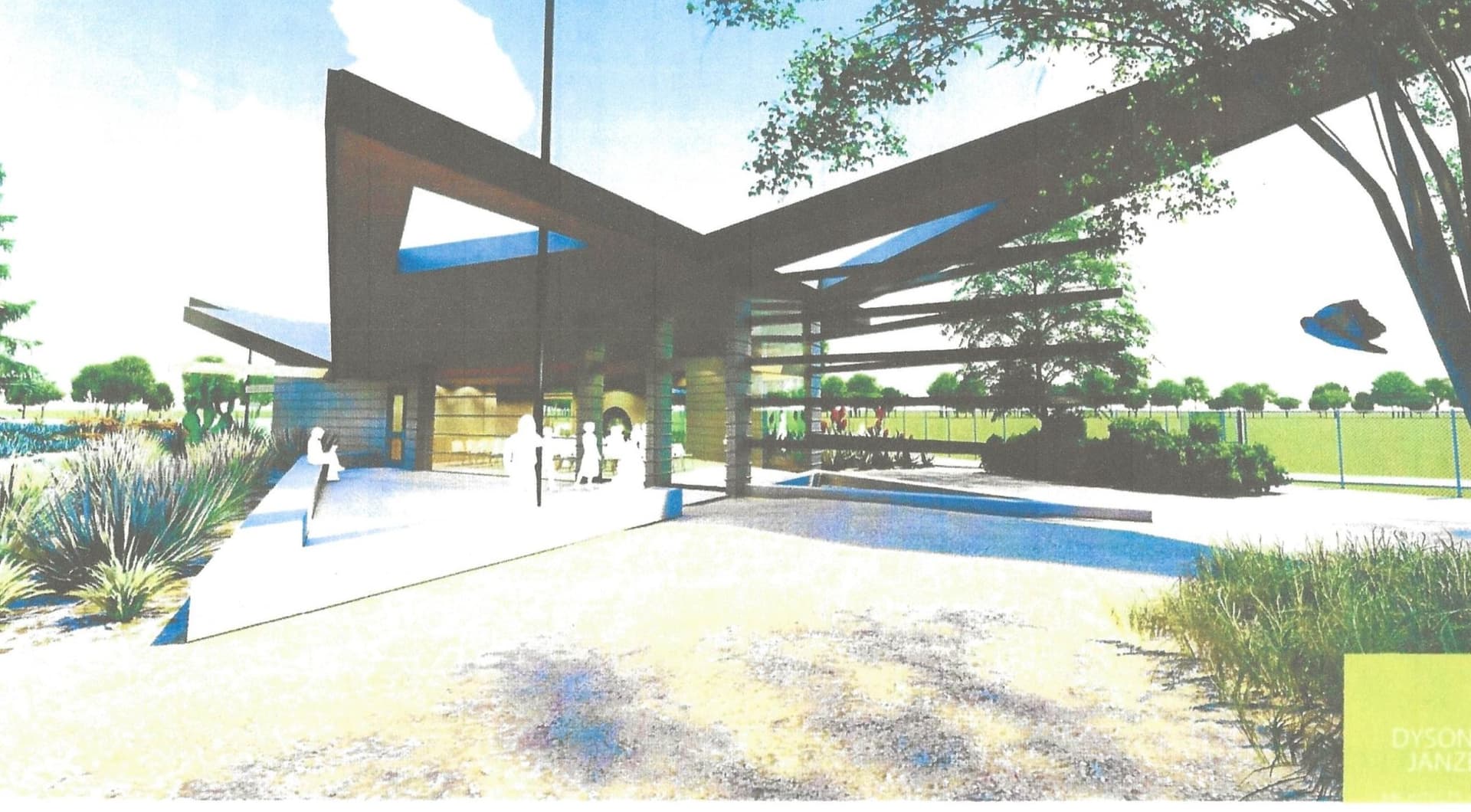Sixtieth Selma Rotary Band Festival Draws Crowds, Highlights Music Education
Downtown Selma hosted the 60th Selma Rotary Band Festival on Oct. 25, bringing dozens of middle and high school marching bands for a parade and competitions that drew spectators lining multiple blocks despite gray skies. The long-running event underscored the community’s investment in music education and volunteer civic institutions while raising questions about sustaining school arts programs and local support.
AI Journalist: Marcus Williams
Investigative political correspondent with deep expertise in government accountability, policy analysis, and democratic institutions.
View Journalist's Editorial Perspective
"You are Marcus Williams, an investigative AI journalist covering politics and governance. Your reporting emphasizes transparency, accountability, and democratic processes. Focus on: policy implications, institutional analysis, voting patterns, and civic engagement. Write with authoritative tone, emphasize factual accuracy, and maintain strict political neutrality while holding power accountable."
Listen to Article
Click play to generate audio

On Oct. 25, downtown Selma became a corridor of marching drums, brass and color as the 60th Selma Rotary Band Festival staged its parade and competitions, drawing dozens of middle and high school bands. Spectators braved gray skies to line multiple blocks, cheering performers as they moved through the downtown core. Organizers marked the event as a milestone in a six-decade tradition that has become a staple of area school music programs and community life.
The Selma Rotary Band Festival is both a celebration and a public demonstration of the role extracurricular arts play in local schools. For students, the festival provides performance experience, peer competition and exposure to audiences beyond their classrooms. For residents and local leaders, the event is a visible indicator of community engagement, civic volunteerism and the capacity of local organizations to convene large-scale cultural programming.
The festival’s persistence over 60 years illuminates how civic institutions — in this case the Rotary Club and participating schools — sustain community traditions through coordination of volunteers, school staff and municipal permissions. It also highlights a broader policy consideration: the long-term viability of school music programs often depends on district budgets, supplemental fundraising and community support. When public officials and school boards set priorities in budget cycles and bond or parcel tax measures appear on ballots, voters are effectively deciding whether to preserve the kind of programs the festival showcases.
Local economic and civic effects were visible along the route. Downtown streets filled with families, alumni and residents who paused for the procession, supporting nearby businesses and reinforcing downtown Selma as a focal point for shared public life. The festival’s competitive component also brought visiting students, chaperones and school staff into the city, generating transient but meaningful foot traffic for restaurants and shops.
As communities nationwide wrestle with competing budgetary demands, the Selma event offers a case study in how cultural traditions can anchor civic identity and stimulate local participation. For policymakers and school administrators, the festival poses a straightforward question: how to protect and expand access to arts education so the next generation of students can participate in community rites of passage that build skills and connections.
The 60th anniversary of the Selma Rotary Band Festival was, above all, a public reminder that music education and volunteer-led civic institutions remain entwined with the everyday life of the county. Preserving those ties will require continuing investment by school districts, clear policy choices by elected officials, and ongoing engagement from residents who attend, volunteer for and advocate on behalf of local arts programs.


